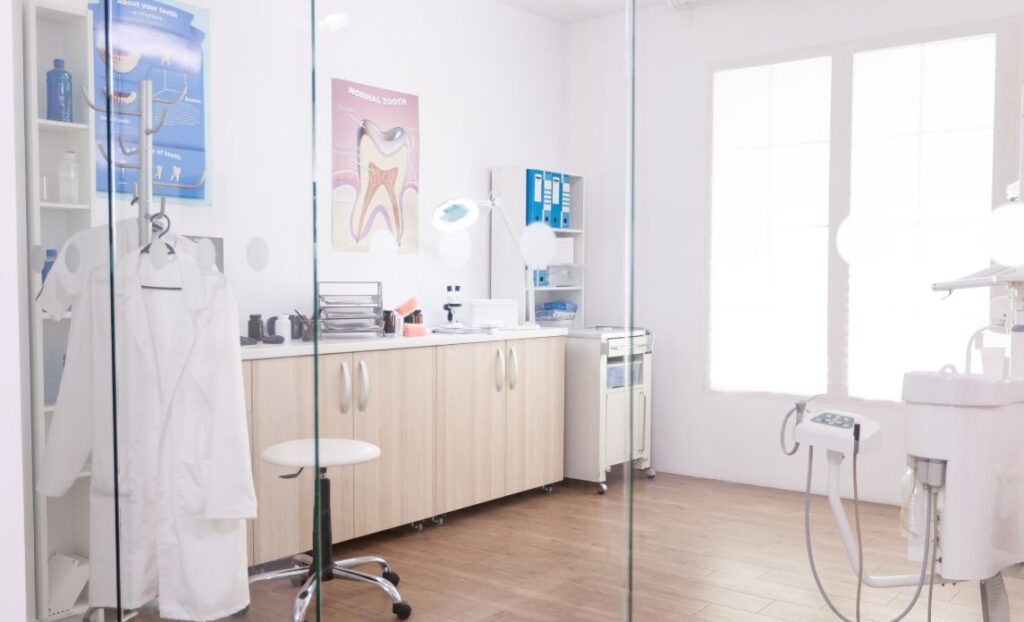How Cleanliness Affects Patient Perceptions in Healthcare
In healthcare, cleanliness isn’t just about appearances—it’s a cornerstone of service quality. A clean and hygienic environment significantly shapes patients’ perceptions and experiences. It goes beyond aesthetics; it’s about fostering trust and impacting overall well-being. Patients expect healthcare facilities to maintain high cleanliness standards, viewing cleanliness as a reflection of care quality.
The Significance of Cleanliness
The cleanliness of a healthcare facility profoundly influences patient perceptions and their healthcare journey. Meeting or exceeding cleanliness expectations is vital for retaining and attracting patients. Here’s how cleanliness directly affects patients’ views of healthcare facilities:
- Building Trust and Confidence: A clean environment reflects a commitment to providing optimal care, fostering trust and confidence among patients and their families. It sets a positive tone for the entire healthcare experience, showcasing professionalism and attention to detail.
- Association with High-Quality Care: Cleanliness is synonymous with quality for many patients. A spotless environment signifies dedication to excellence, influencing opinions about the establishment and the care provided.
- Enhanced Comfort and Well-being: A clean environment contributes to patient comfort and well-being, alleviating stress and anxiety. Patients feel more positive about their healing in a tidy, hygienic space.
- Infection Prevention and Safety: Cleanliness is crucial in preventing infections, particularly for patients with compromised immune systems. Facilities that maintain rigorous cleanliness standards provide assurance of safety, influencing patient perceptions.
Achieving and Maintaining Cleanliness
Maintaining cleanliness in healthcare facilities requires a comprehensive approach and continuous efforts. Professional hospital cleaners like Crewcare can ensure quality results and efficient management. Key considerations include:
- Robust Cleaning Protocols: Implementing stringent cleaning protocols, including regular disinfection of surfaces and equipment, is crucial for infection prevention.
- Staff Training and Awareness: Training staff on proper hygiene practices ensures the preservation of cleanliness standards.
- Use of Advanced Technology and Tools: Advanced cleaning technologies, such as UV sterilisation and antimicrobial surfaces, enhance cleanliness efforts.
- Engaging Patients: Involving patients in maintaining cleanliness fosters a collaborative approach and encourages proper hygiene practices.
Cleanliness is fundamental in shaping patient perceptions within healthcare settings. Facilities that prioritize and consistently maintain high cleanliness standards create positive patient experiences, fostering trust and excellence in healthcare delivery.

